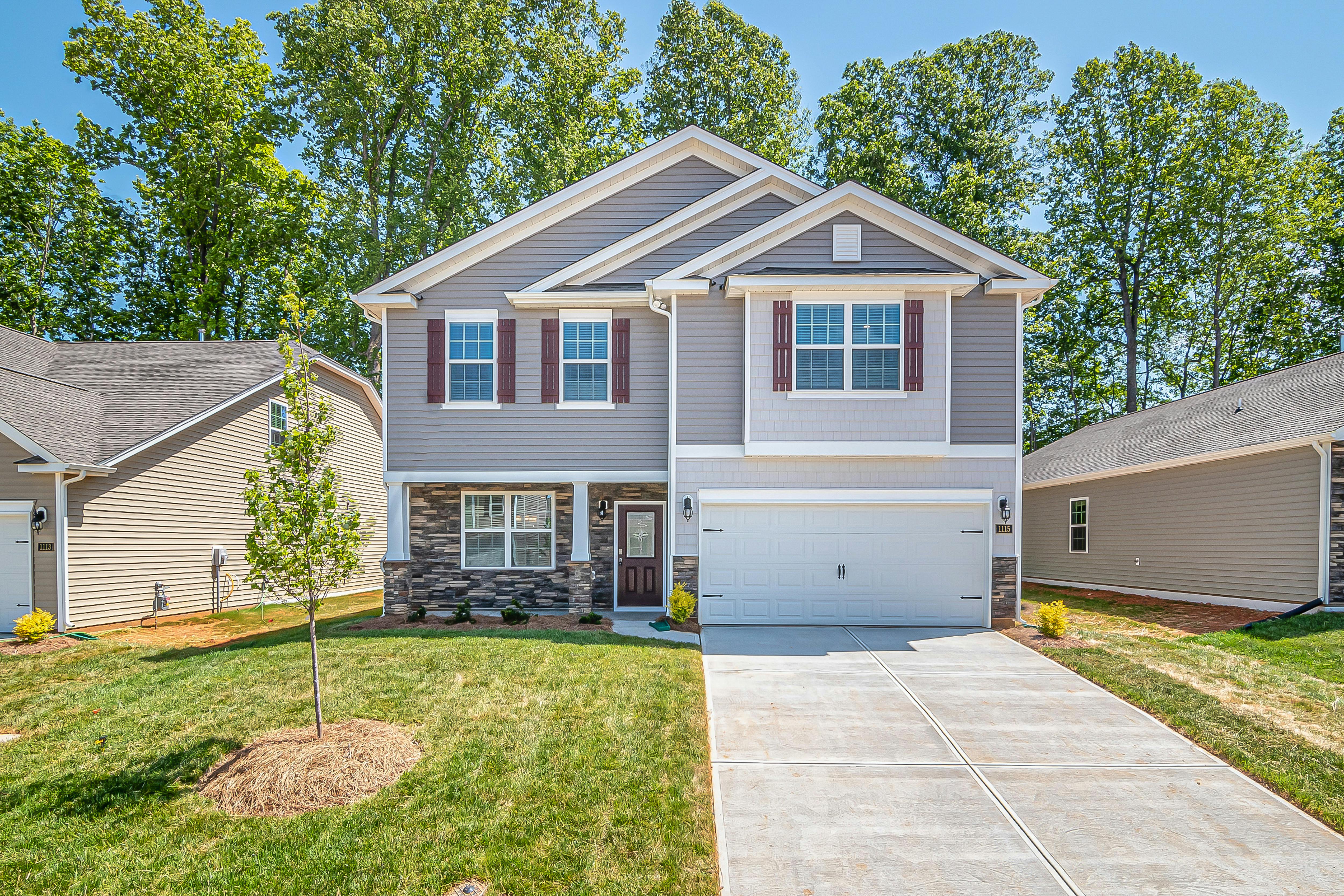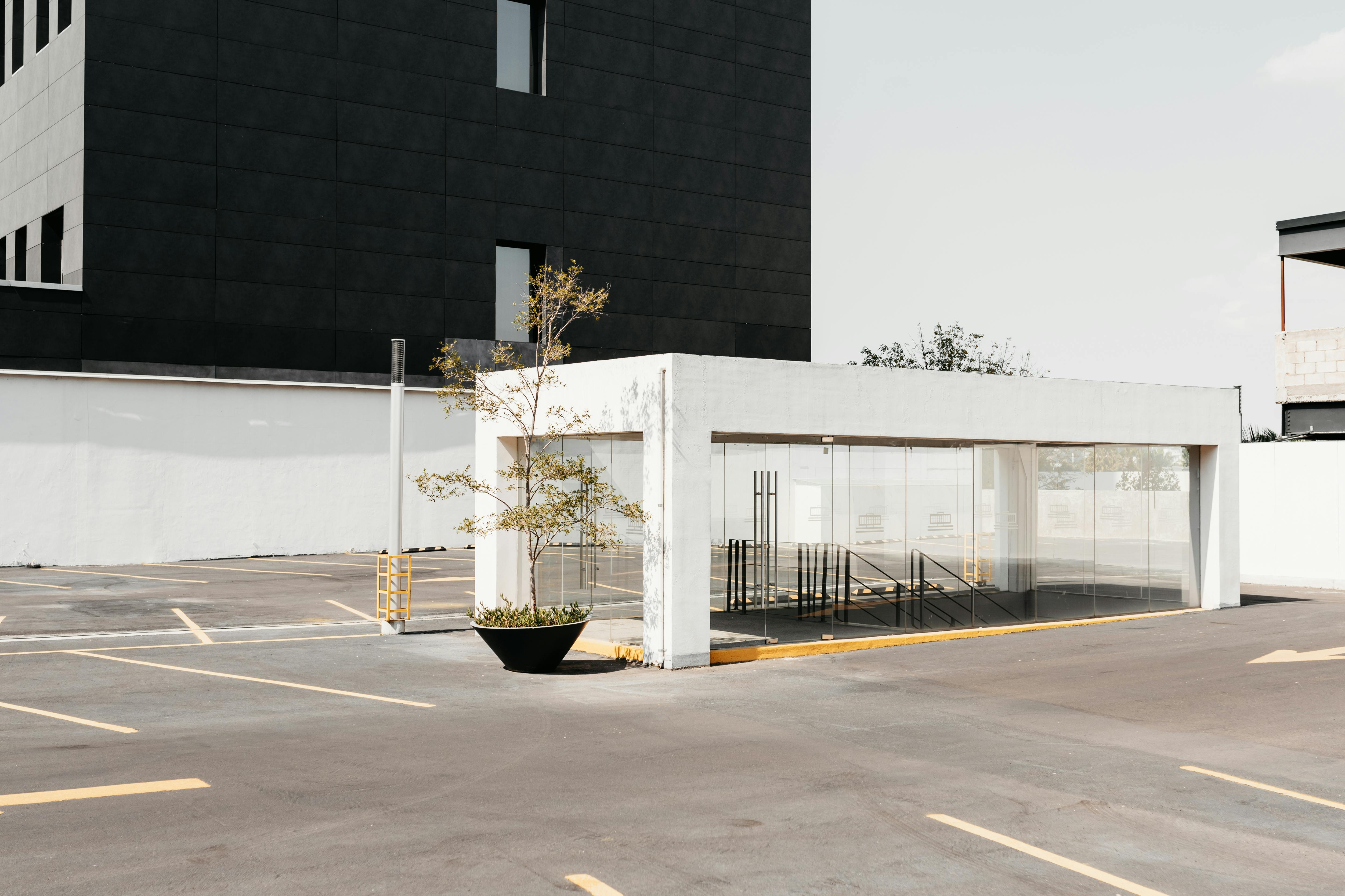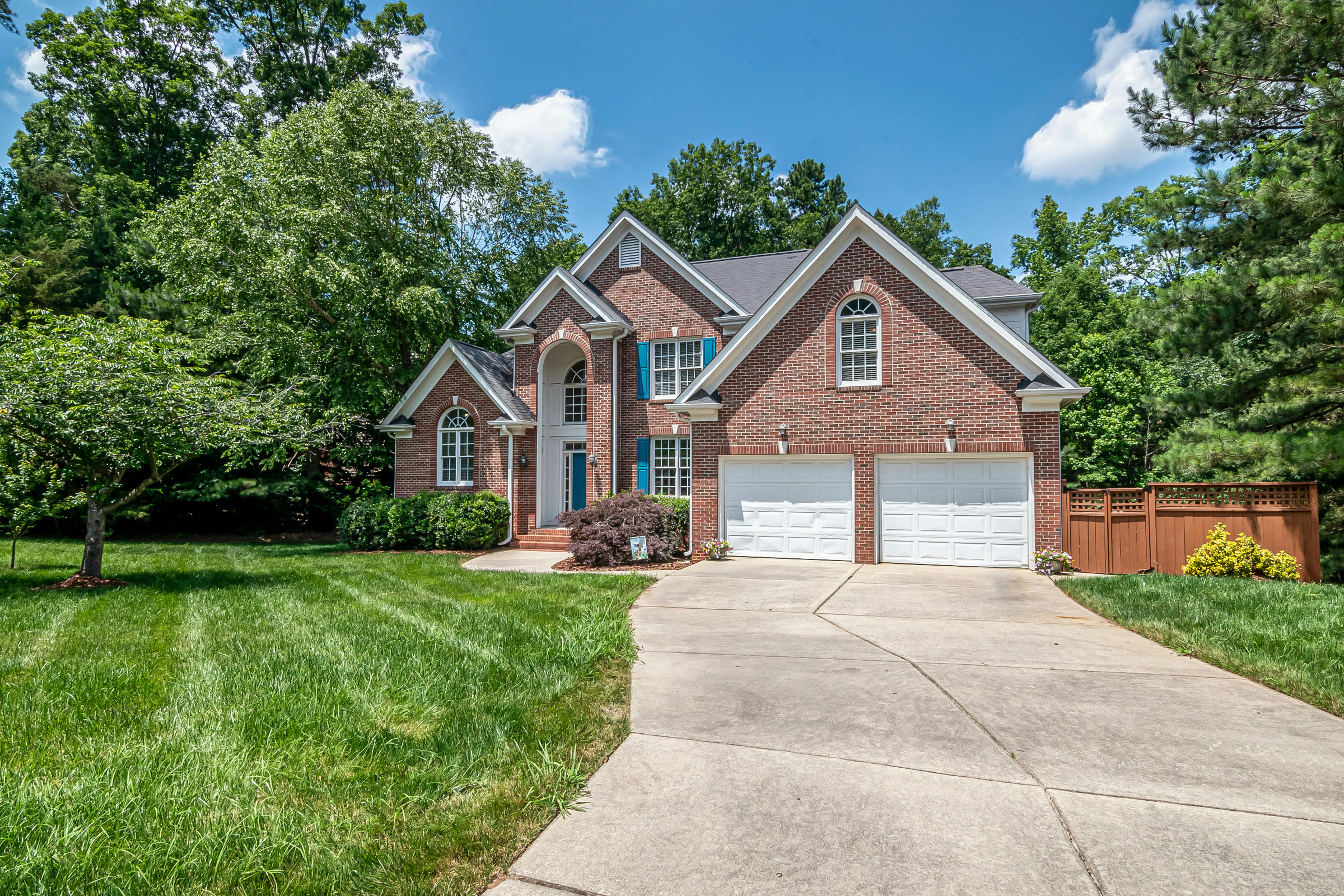Doing your own plumbing work can save you a lot of money, and simple plumbing jobs don’t require a lot of knowledge or skill. A beginner should be able to tackle simple jobs like replacing a faucet washer or installing plumbing in a sink, and an average handyman should be able to tackle more complicated jobs like installing plumbing in a separate shower. But you should think twice before trying to tackle very complicated jobs. Working on a plumbing system can be a dirty job, especially if you have to pick up floorboards or work in a dusty attic and it can be quite strenuous.
There are two main parts to a home plumbing system: the water supply system and the drain system. The water supply system is a set of pipes and accessories that brings clean water to baths, sinks, toilets, etc. The waste system is another set of pipes that carries used water to drains and sewers. In an older home, or one with a lot of plumbing fixtures, plumbing can seem very confusing, but basic plumbing systems are pretty simple. Before starting work on your plumbing system, carefully trace all pipes so you know where each pipe leads and what it does.
Water supply
A home plumbing system basically starts at the tap of the water supply company (either a water authority or a company). It is usually located outside the property boundaries, about 750mm below ground, under a small metal cover, probably on the pavement. Most of the stopcocks of the water supply companies need a special key to open and close them. The stopcock controls the flow of water between the water main of the water supply company and the domestic water supply. The pipe that carries water from the stopcock to the house is known as the service pipe, and the responsibility for maintaining it falls on the homeowner. Before 1939, service pipes were usually made of lead or steel; nowadays they are usually made of copper or polyethylene. Many service pipes slope slightly upwards from the water company’s tap to the house, but they should always be at least 750mm below ground. Once inside the house, the pipe (now called a riser main) can be protected against freezing by running it along an interior wall. In houses with suspended floors, it may be necessary to give the pipe additional protection against frost.
There are two basic systems for moving water around the house from the main riser to where it is wanted, directly and indirectly.
Indirect Plumbing Systems In an indirect system, the primary purpose of the riser main is to feed water to a cold water cistern (often mistakenly called a tank) usually located in the attic. Most faucets and other plumbing fixtures in the house will get their water supply from this cistern, which is kept closed from the main upstream pipe via a ball valve. However, at least one faucet, usually the cold water lap in the kitchen, must be supplied directly from the main riser to provide a potable water supply.
Depending on local water regulations, one, two or more fittings can be made directly to the main riser: one for an outside water lap and one for a cold water supply to a washing machine or dishwasher, for example. Another connection can be made for an electric shower.
Most indirect plumbing systems have two pipes (often called draw pipes) that carry the water from the cistern. A pipe feeds the toilets and cold water taps in the bathrooms and any other rooms where there are sinks. The other feeds a hot water cylinder where the water is stored and heated by a boiler or electric immersion heater. Cold water cisterns may have additional draw pipes for some types of bidets or showers or to make the pipes reach some fixtures more convenient.
Hot water faucets draw water from a pipe connected to the top of the hot water cylinder; again, bidet and shower facilities may need their own individual connections. The hot water cylinder will also have piping running back over the cold water cistern to provide a safety vent to allow air bubbles and steam to escape.
To perform work on a plumbing system, or to stop a leak or explosion, it is necessary to isolate and drain water from different parts of the system. In theory, only one stopcock or valve is really necessary in a system. This should be as close as possible to the point where the main service pipe enters the house to allow the entire house to be isolated from the water supply. Two drain cocks are needed: one just above the main stopcock to drain the upstream main and any branches connected to it, and the other as far down as possible on the pipe feeding the hot water cylinder to drain the cylinder . The pipes that feed the hot water taps and the cold water taps connected to the cistern, and the cold water cistern itself, can be emptied by opening the taps. However, this will not drain the hot water cylinder.
In practice, to avoid having to drain the entire system every time a repair job is carried out, it is better to include more shutoff valves, so that some parts of the plumbing system can be isolated from the rest. This usually involves having gate valves at every draw from the cistern. It is possible to place small isolation valves just before each faucet or accessory. There should be no valve in the outlet pipe of the hot water cylinder.
Direct plumbing systems
In a direct plumbing system, all cold water faucets, toilets, etc. they are fed directly from the main riser pipe. If hot water is heated by a storage tank or hot water cylinder (rather than instantaneous heaters), it will usually be fed from a small cold water cistern, often on top of the cylinder.
Which system is better?
An indirect plumbing system has three main advantages. First, and possibly most important, because most of the system is isolated from the main by the cistern, water is less likely to flow back into the main (this is called backsiphonage), so there is much less risk of network contamination. water supply. Secondly, the system works with constant water pressure, so you don’t have to worry about variations in mains water pressure; this is especially important in some types of showers that require roughly equal hot and cold water pressures. Finally, the cistern provides a backup water supply if the mains fail.
A direct plumbing system is a bit less complicated and can be cheaper to install than an indirect one. But some of the accessories used may have to be specially designed to decrease the risk of contaminating hands.
The type of system you are allowed will be determined by the local water supply company. The last option is to have a ventless hot water system. Here, the cold water supply to the house is like the previous direct system, but the hot water cylinder (special) is also fed directly from the main riser. Ventless hot water systems need to be installed and maintained correctly, but they have several advantages over conventional systems.



